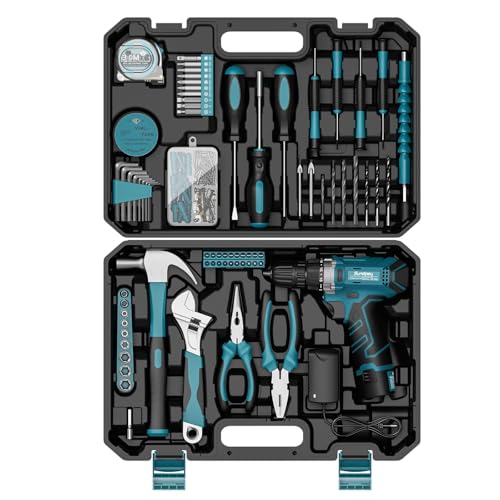idog17
***
Had the 2015 e-Golf SEL (SE doesn't have 7.2kW charging system) for over a year, only drive 50 miles a day to/from work, never need the 7.2kW charger until one day, the battery went down to 29 miles and it took all night to charge up to 90. I didn't want to pay $600 for one. Found one on Craigslist for $225, 18ft cord, shorter one like 12ft won't do in the garage unless you back up every time.
It's amazing, the whole battery is 21kW, if the batter is fully dead, it only takes 3 hr to charge. I charge mine from 29 miles to 104 miles in 2.5 hours. Just love it.
The 240V outlet for the dryer is inside the house, I checked the breaker and the wiring, 10 gauges were used for the 20A breaker. Bought 40A breaker, run the Lowes 10 gauge bundle 4ft to the garage from the dryer outlet - hardwired to the Bosch EL-51253 and mount it on the wall.
While it was charging, check the cables, not even warm.
I don't use electric dryer so the outlet was unused.
https://youtu.be/qNcmIJT-fo8
Cheers,
Louis
It's amazing, the whole battery is 21kW, if the batter is fully dead, it only takes 3 hr to charge. I charge mine from 29 miles to 104 miles in 2.5 hours. Just love it.
The 240V outlet for the dryer is inside the house, I checked the breaker and the wiring, 10 gauges were used for the 20A breaker. Bought 40A breaker, run the Lowes 10 gauge bundle 4ft to the garage from the dryer outlet - hardwired to the Bosch EL-51253 and mount it on the wall.
While it was charging, check the cables, not even warm.
I don't use electric dryer so the outlet was unused.
https://youtu.be/qNcmIJT-fo8
Cheers,
Louis

































